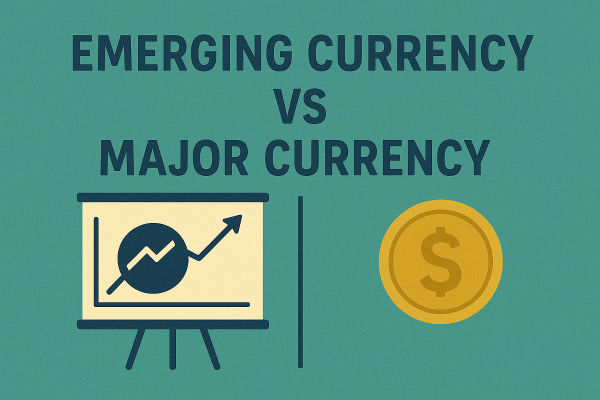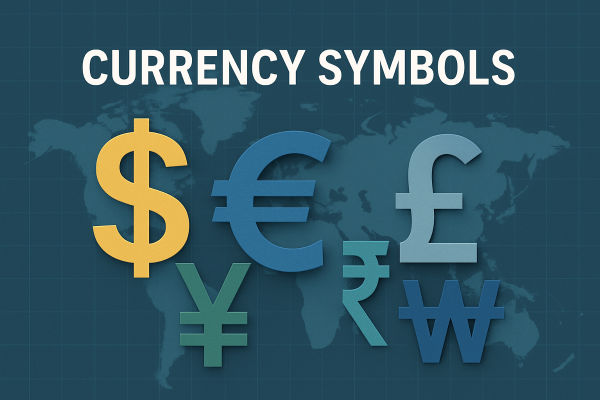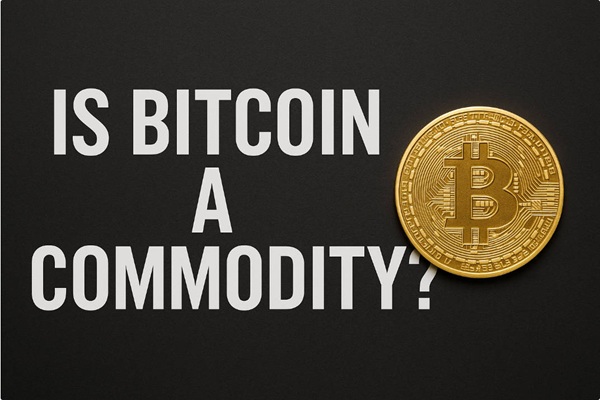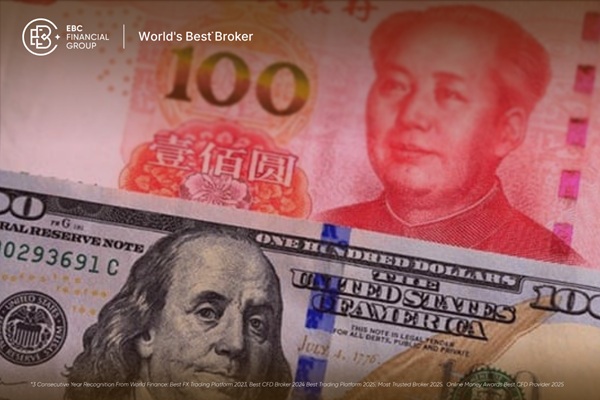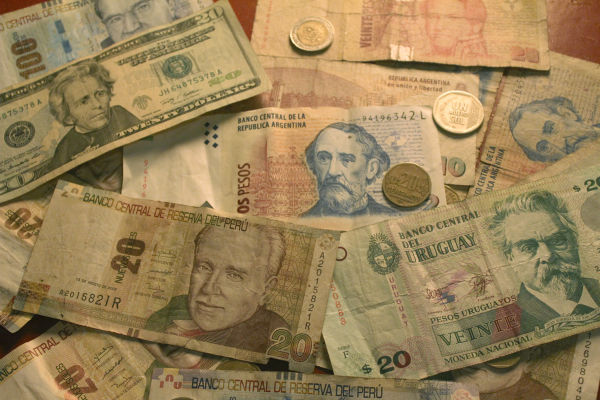Some currencies move like steady rivers, predictable and calm, while others surge like rapids, full of energy and risk. The first group includes the world’s major currencies, the US dollar, the euro, the pound, and others that dominate global trade. The second group, emerging currencies, represents fast-growing nations still finding their balance on the global stage. Both play vital roles in shaping the flow of money across borders, but their differences go beyond just geography or fame.
To understand the forex market properly, traders must know what separates a major currency from an emerging one. These distinctions affect liquidity, volatility, trading strategies, and even how global investors manage risk. Let’s explore how each behaves, why the differences matter, and what real-world examples reveal about today’s markets.
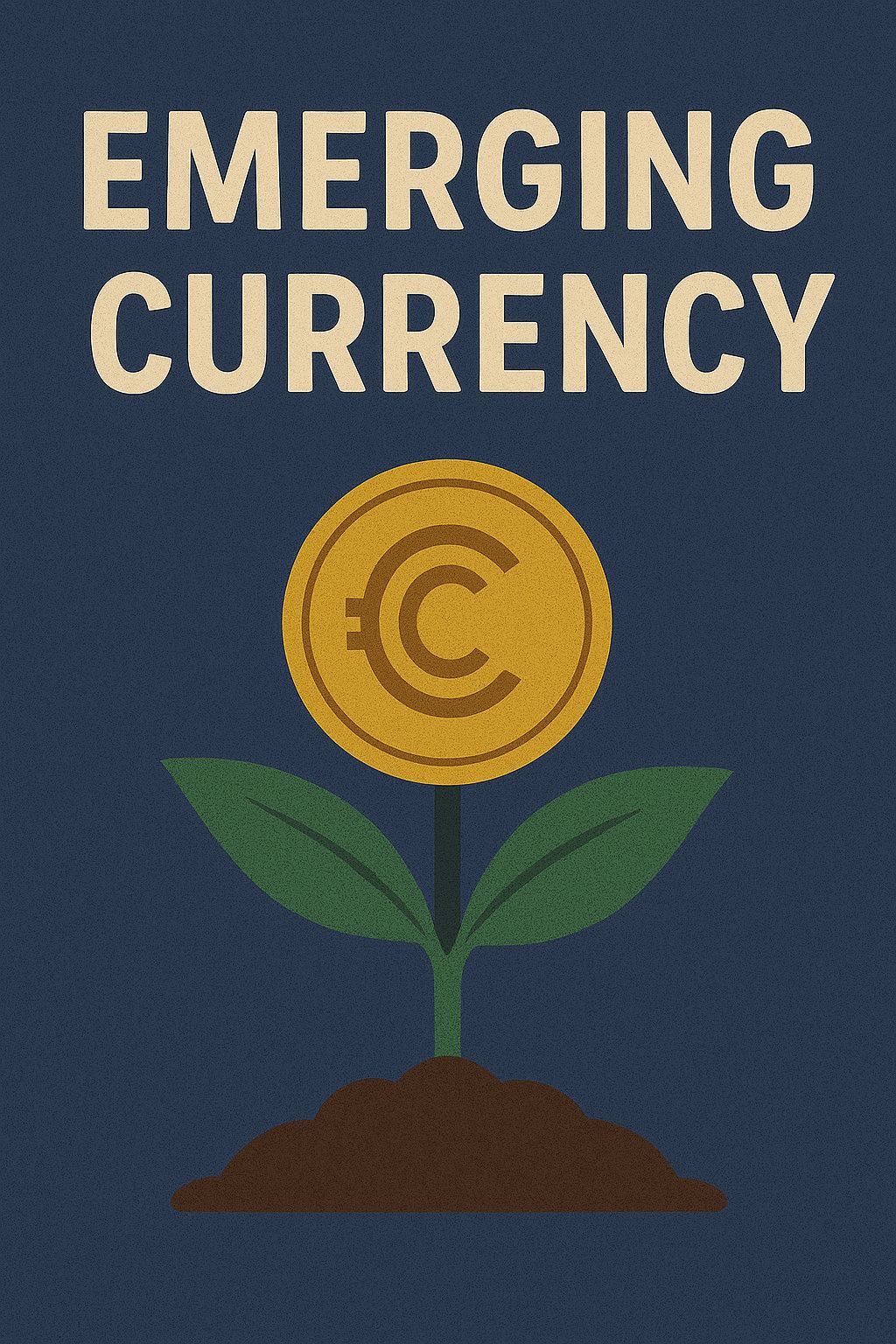
What Is a Major Currency?
A major currency belongs to a stable, developed economy with deep financial markets and global confidence. They are highly liquid, meaning they can be traded in large volumes without moving prices significantly. According to the Bank for International Settlements (BIS), the US dollar appears in nearly 88% of all forex transactions, making it the most dominant. The euro, Japanese yen, and British pound follow closely behind.
Other examples of major currencies include the Australian dollar (AUD), Canadian dollar (CAD), and Swiss franc (CHF). These currencies are backed by strong institutions, transparent central banks, and consistent monetary policy. Because of this, they tend to have tight bid-ask spreads, stable value ranges, and predictable responses to global news.
In short, major currencies act as the backbone of global trade. They are often used as reserve holdings by central banks and serve as pricing benchmarks for commodities like oil and gold.
What Is an Emerging Currency?
Emerging currencies come from developing or fast-growing economies that are still building credibility in global markets. Examples include the Brazilian real (BRL), Turkish lira (TRY), South African rand (ZAR), and Indonesian rupiah (IDR). These currencies tend to be more volatile, reflecting the political, economic, and structural risks of their home countries.
Emerging currencies can experience sharp movements within short periods. For instance, the Turkish lira lost over 40% of its value against the US dollar between 2021 and 2024, mainly due to unorthodox interest rate policies and inflation above 50%. In contrast, Indonesia’s rupiah strengthened by over 6% in early 2025, supported by solid exports and a surge in global commodity demand.
Despite their unpredictability, emerging currencies attract traders seeking higher returns. Their economies often have faster growth rates, higher interest rates, and expanding industrial bases that can provide long-term opportunities.
Key Differences Between Major and Emerging Currencies
Liquidity and Trading Volume
Major currencies dominate global liquidity. They can be bought or sold instantly without significant price impact. Emerging currencies, however, trade less frequently, leading to wider spreads and less predictable pricing.
Economic Stability
Major currencies are supported by diversified economies and strong governance. Emerging currencies often depend on specific sectors, such as commodities or tourism, making them more vulnerable to shocks.
Interest Rates and Inflation
Emerging markets typically offer higher interest rates to attract foreign investment and fight inflation. In 2025, Brazil’s Selic rate remains above 10%, while the US Federal Reserve’s benchmark is around 4.5%. Higher rates attract traders using carry trades, borrowing in low-yielding currencies like the yen and investing in high-yielding ones like the real.
Political and Regulatory Risks
Major economies have consistent regulations and independent central banks. Emerging markets may experience sudden policy changes or political instability that impact currency value.
Growth Potential
Emerging currencies can deliver higher returns when their economies expand. For instance, the Mexican peso rose nearly 9% year-to-date in 2025, benefiting from nearshoring trends and manufacturing investments.
How Traders Use Emerging and Major Currencies
Diversification
Investors use a mix of both currency types to balance stability and opportunity. For example, a trader might hold EUR/USD for consistency while adding USD/ZAR for volatility exposure.
Carry Trades
This strategy involves borrowing in a low-yielding major currency, such as the Japanese yen, to invest in a high-yielding emerging one like the Mexican peso. If the interest rate gap remains stable, traders earn the difference as profit.
Hedging
Companies and investors with exposure in emerging markets often hedge currency risks. For example, a UK manufacturer with operations in Indonesia might use forex contracts to protect profits from IDR fluctuations.
Real-World Examples
Mexico (MXN)
The Mexican peso has been one of the strongest emerging currencies in 2024–2025, supported by strong trade with the United States and nearshoring benefits. Its stability has made it a favourite in emerging market portfolios.
Japan (JPY)
The yen remains a cornerstone of global finance, known for its low yields and safe-haven appeal. In 2025, many traders continue to fund carry trades with yen borrowing to invest in higher-yielding emerging assets.
China (CNY)
The Chinese yuan sits between both categories. While it belongs to the world’s second-largest economy, its capital controls and partial convertibility keep it from being a fully free-floating major currency.
Pros and Cons of Trading Emerging Currencies
Advantages
Potentially higher returns during economic expansions.
Attractive yield differentials for carry trading.
Access to fast-growing economies and new investment themes.
Disadvantages
Lower liquidity leads to higher trading costs.
Greater sensitivity to political shocks and external debt pressure.
Limited hedging tools compared with major currencies.
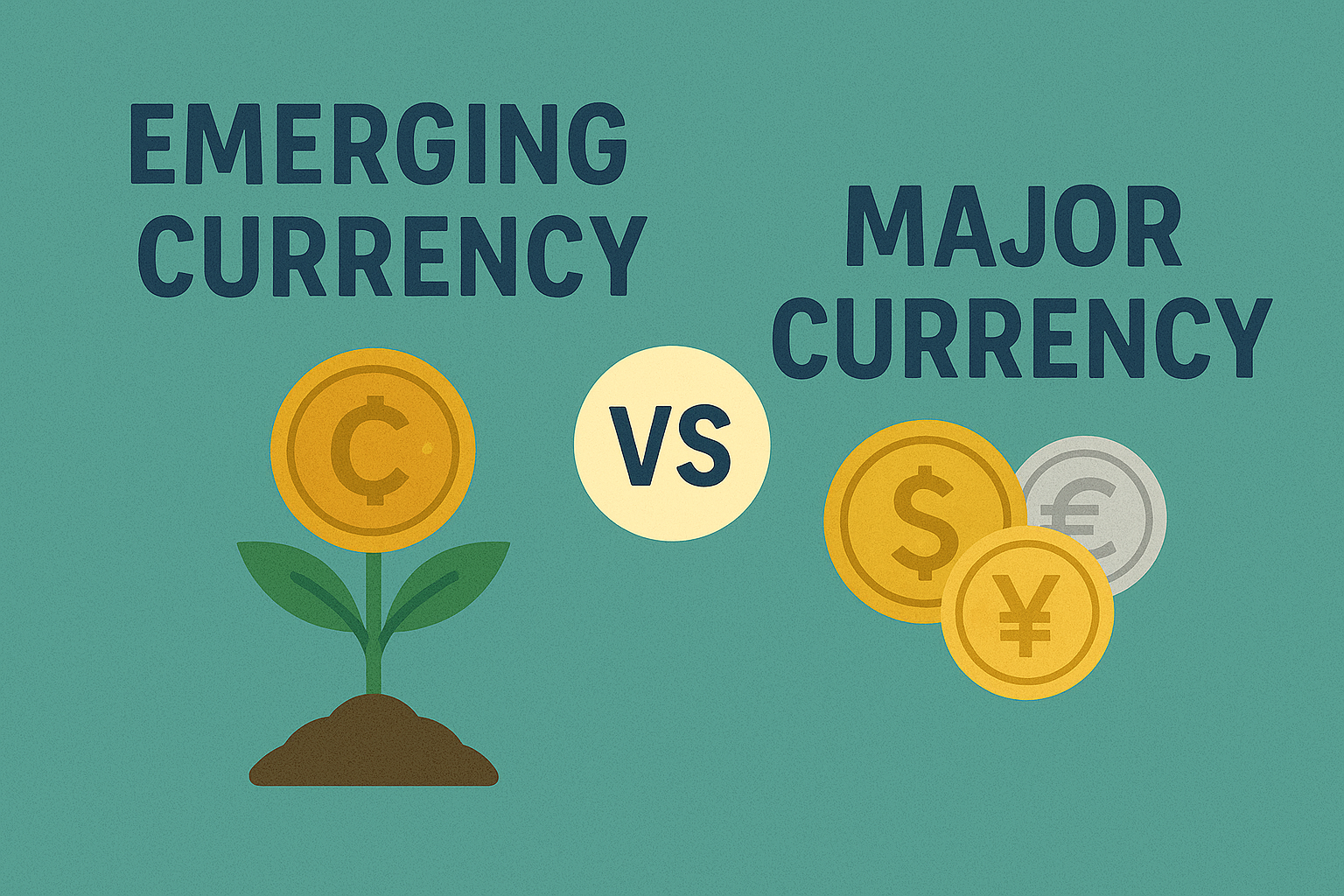
FAQs About Emerging and Major Currencies
Q1. Are emerging currencies riskier than major ones?
Yes. They experience sharper fluctuations due to economic and political factors. However, higher risk can also mean greater reward during favourable cycles.
Q2. Which currency pairs combine both types?
Common examples include USD/BRL, EUR/TRY, and GBP/ZAR. These pairs are popular among traders seeking volatility.
Q3. Can emerging currencies become major currencies?
Yes. As economies grow and stabilise, their currencies can gain major status. The Chinese yuan is the best example, now included in the IMF’s Special Drawing Rights basket.
The Big Picture
Major and emerging currencies are two sides of the same coin in global forex. Major currencies provide structure, liquidity, and trust, while emerging ones inject dynamism and growth. Skilled traders combine both — relying on majors for stability and exploring emerging markets for opportunity. The balance between the two reflects the broader balance of the global economy itself: steady at the core, but always shifting at the edges.
Mini Glossary
Currency Pair: The quotation of one currency’s value against another.
Liquidity: The ease of buying or selling an asset without affecting its price.
Carry Trade: A strategy that profits from interest rate differences between currencies.
Volatility: The degree of price fluctuation over time.
Disclaimer: This material is for general information purposes only and is not intended as (and should not be considered to be) financial, investment or other advice on which reliance should be placed. No opinion given in the material constitutes a recommendation by EBC or the author that any particular investment, security, transaction or investment strategy is suitable for any specific person.
